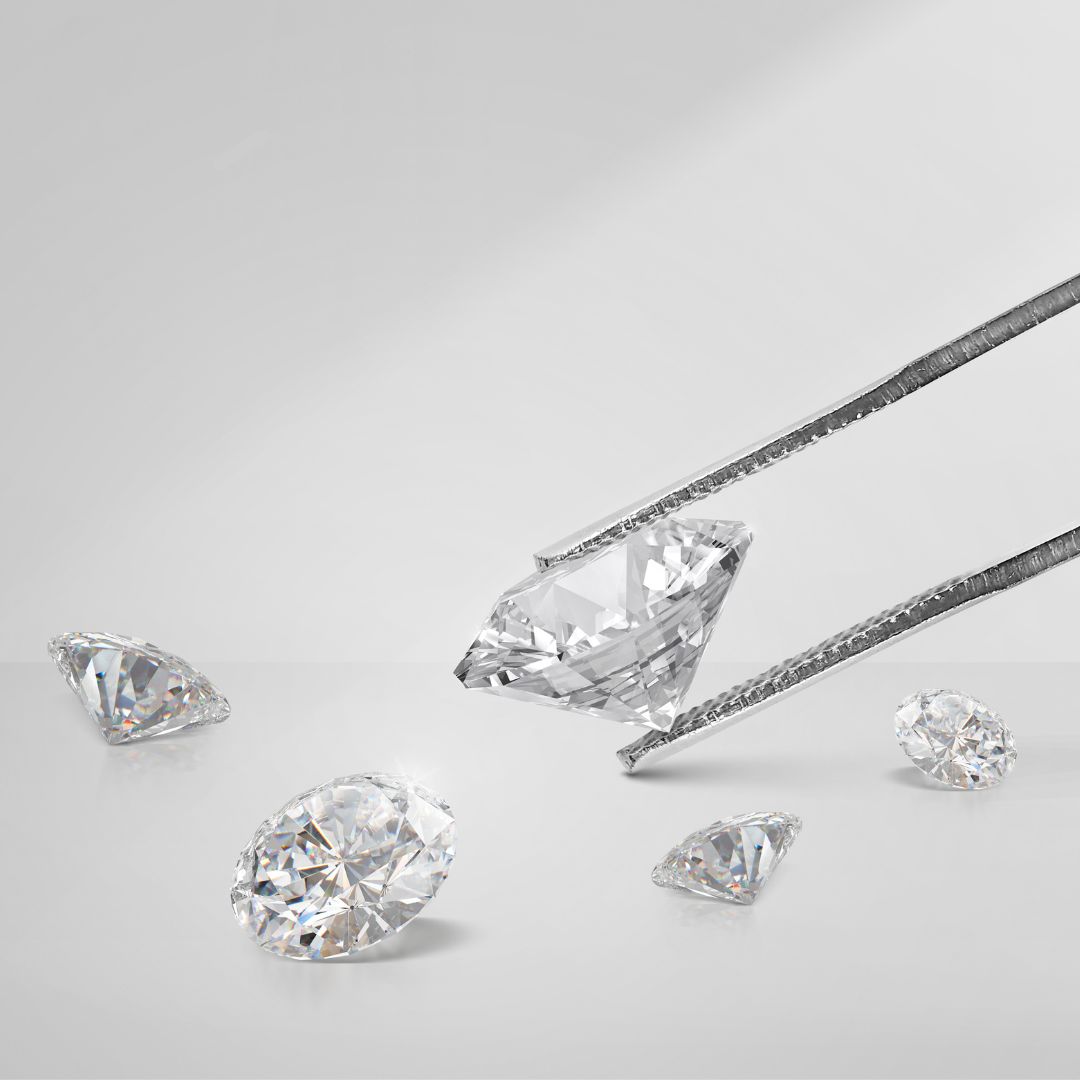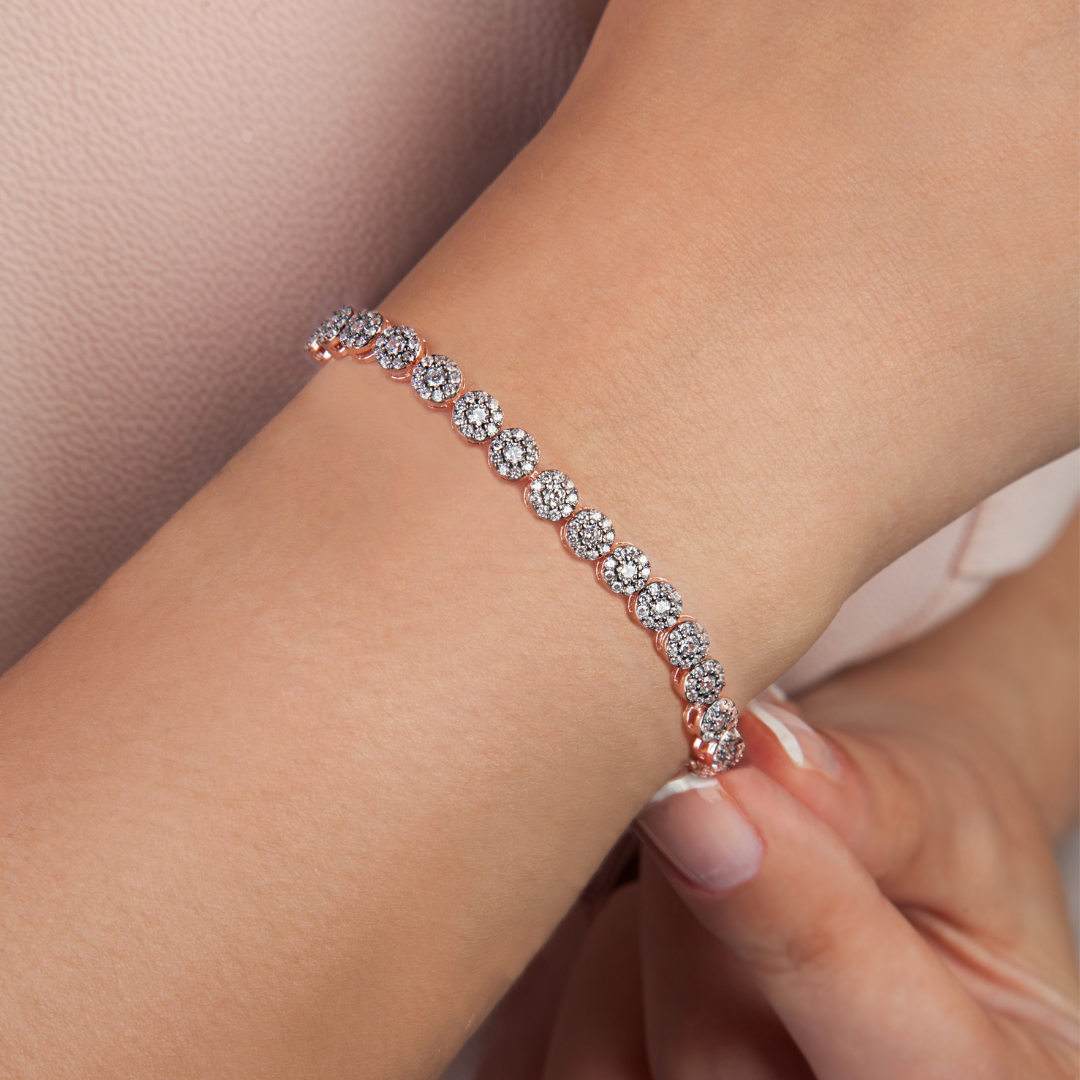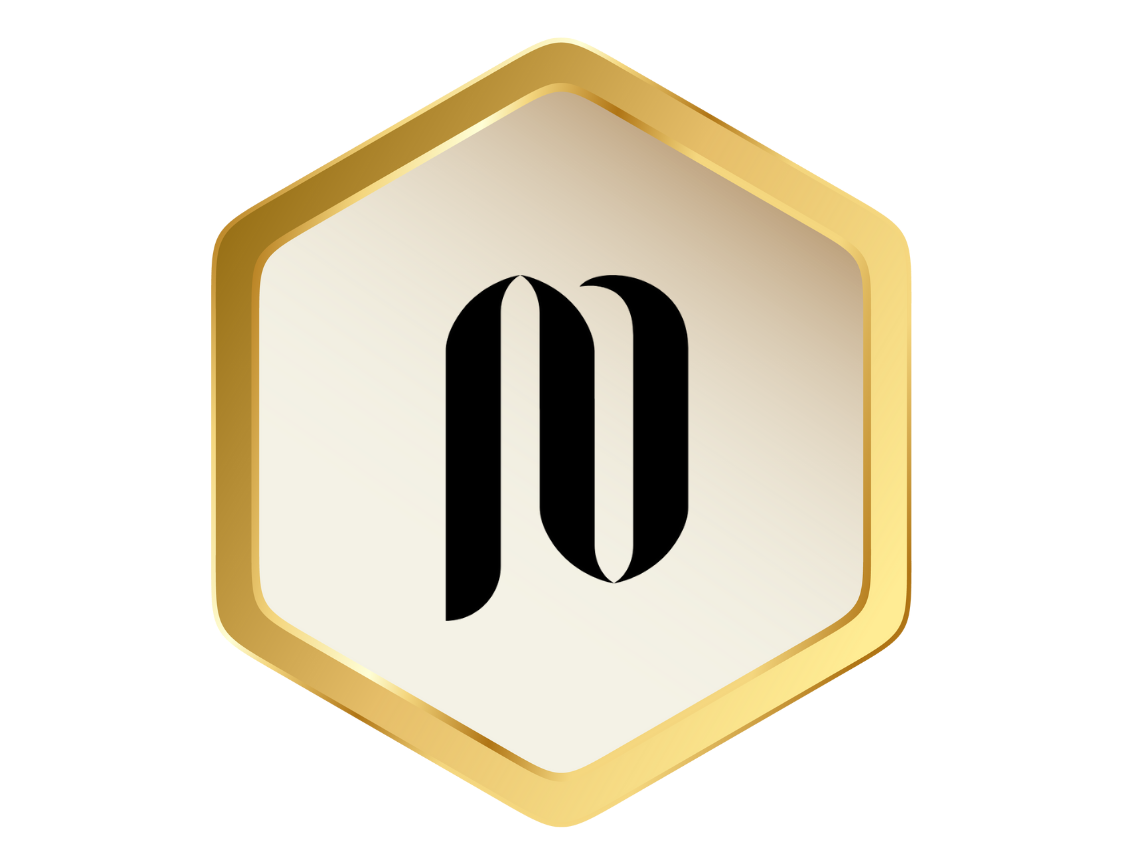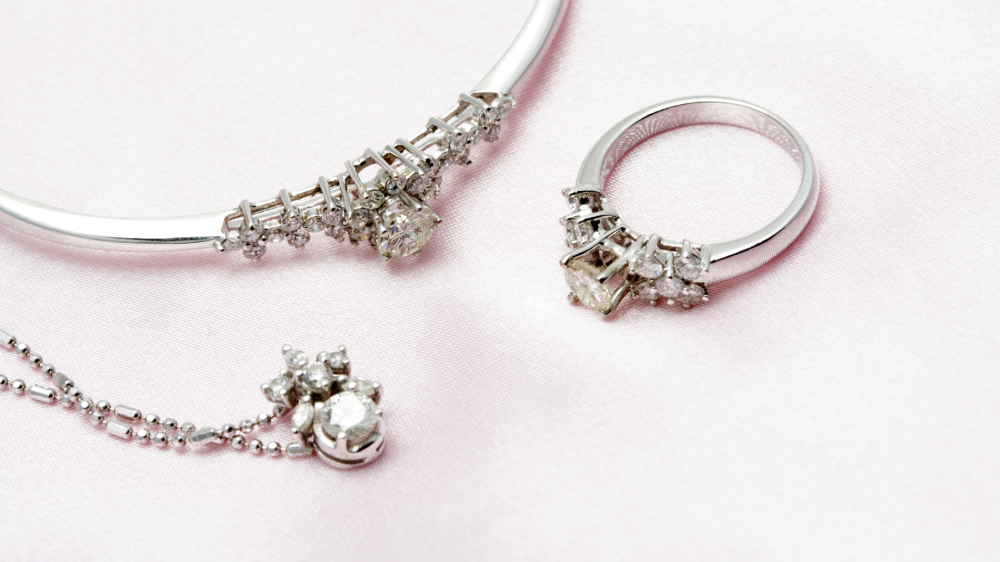Diamonds are one of the most valuable and symbolic gemstones, but with the development of imitation techniques, it has become difficult to distinguish real diamonds from fake ones. Therefore, knowing how to identify the quality of a real diamond is of utmost importance for anyone who wants to buy a piece of diamond jewelry.
What are the characteristics of real diamonds? 
Before we move on to the methods of identification, let's learn about the basic characteristics that distinguish real diamonds:
- Hardness: Diamond is the hardest natural substance on Earth, meaning it cannot be easily scratched by any other substance.
- Luster: Real diamonds have a strong, fiery internal luster, due to their ability to refract and disperse light.
- Clarity: Although natural diamonds may contain inclusions, these inclusions are very small and not visible to the naked eye, and add to the uniqueness of each diamond.
- Heat: Diamonds are good conductors of heat, so real diamonds cool quickly when they come into contact with the skin.
- Density: Diamonds have a high density, which means they sink in water.
Methods of determining the quality of real diamonds 
1- Diamond Certificate:
- A diamond certificate is an official document issued by specialized international laboratories, such as GIA and AGS, and contains precise details about the diamond such as weight (carat), color, clarity, cut, and other physical characteristics.
- Make sure: The certificate is original, and that the laboratory that issued it has a good reputation.
2- Visual inspection:
- Luster: Real diamonds have a strong internal luster, while fakes have a dull luster.
- Color: Natural diamonds come in a wide range of colors, but pure, transparent colors are the most valuable. Diamond colors are graded by a letter of the alphabet, with D being the purest color.
- Clarity: Look for natural inclusions that are very small and not visible to the naked eye. Diamond clarity is graded with letters and symbols, with IF being the purest.
- Cut: A good cut enhances the brilliance and sparkle of a diamond. There are several types of cuts, such as brilliant and brilliant, each with its own distinct characteristics.
3- Buy from a reliable source:
- Specialty Shops: Look for reputable jewelry shops that offer warranties on their products.
- Professional Jeweler: Consult an experienced jeweler to evaluate the diamond before purchasing.
4- Request for laboratory examination:
If you are not sure about the quality of the diamond, you can request that it be examined in a specialized laboratory to ensure its authenticity.
Additional tips:
- Don't let the low price fool you: Real, high-quality diamonds don't come at low prices.
- Compare Prices: Before purchasing, compare prices between several stores to get the best deal.
- Request a detailed invoice: The invoice should include all details of the diamond and the quality certificate.
Beware of imitations: There are many materials used to imitate diamonds, such as cubic zirconia and glass, so be careful when buying from untrusted sources.
The importance of buying a high quality diamond
- Investment: Diamonds are a long-term investment, retaining their value over the years.
- Beauty: A real diamond has a unique beauty and unparalleled brilliance.
Symbolism: Diamonds are a symbol of love and commitment, and make an ideal gift for special occasions.
Note: These methods help you distinguish between real and fake diamonds, but it is always best to consult a jewelry expert to ensure the quality of the diamond before purchasing.


